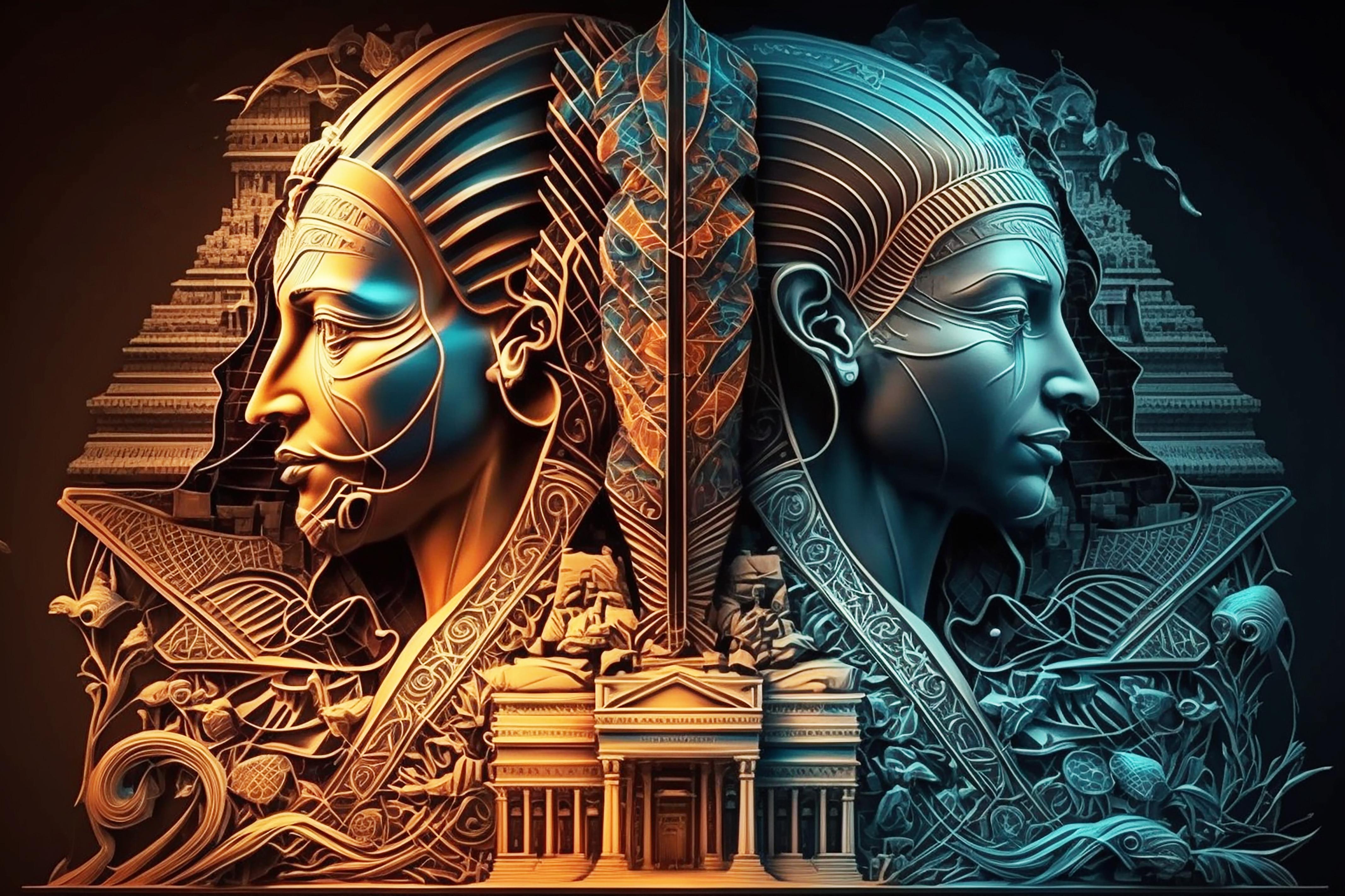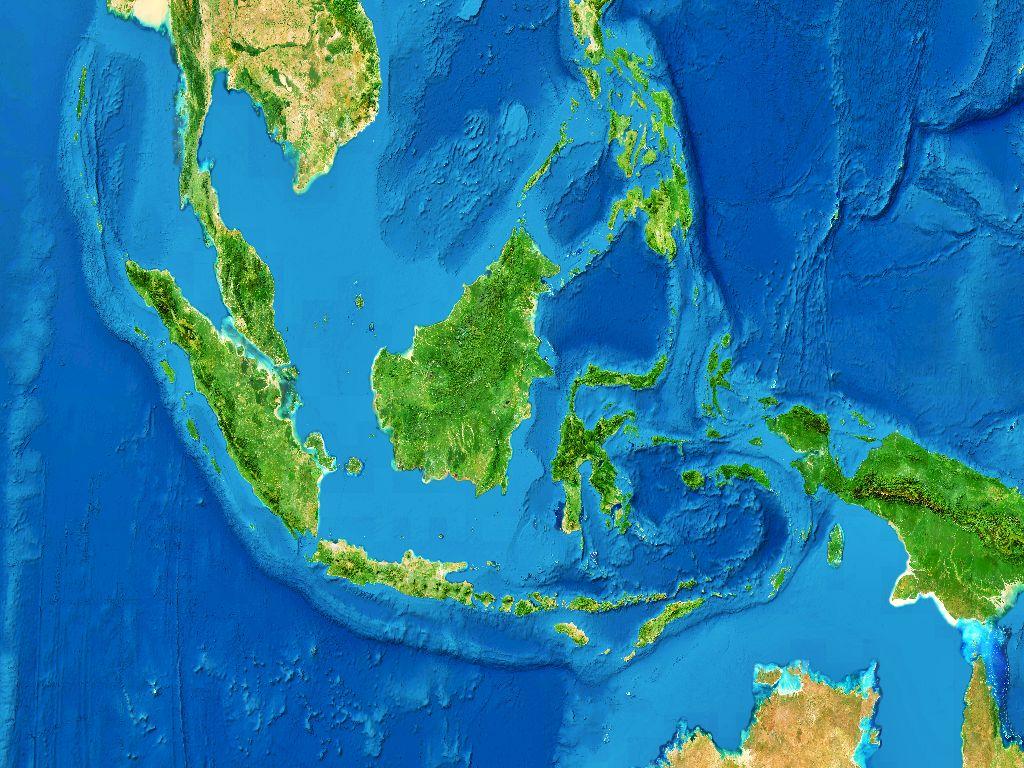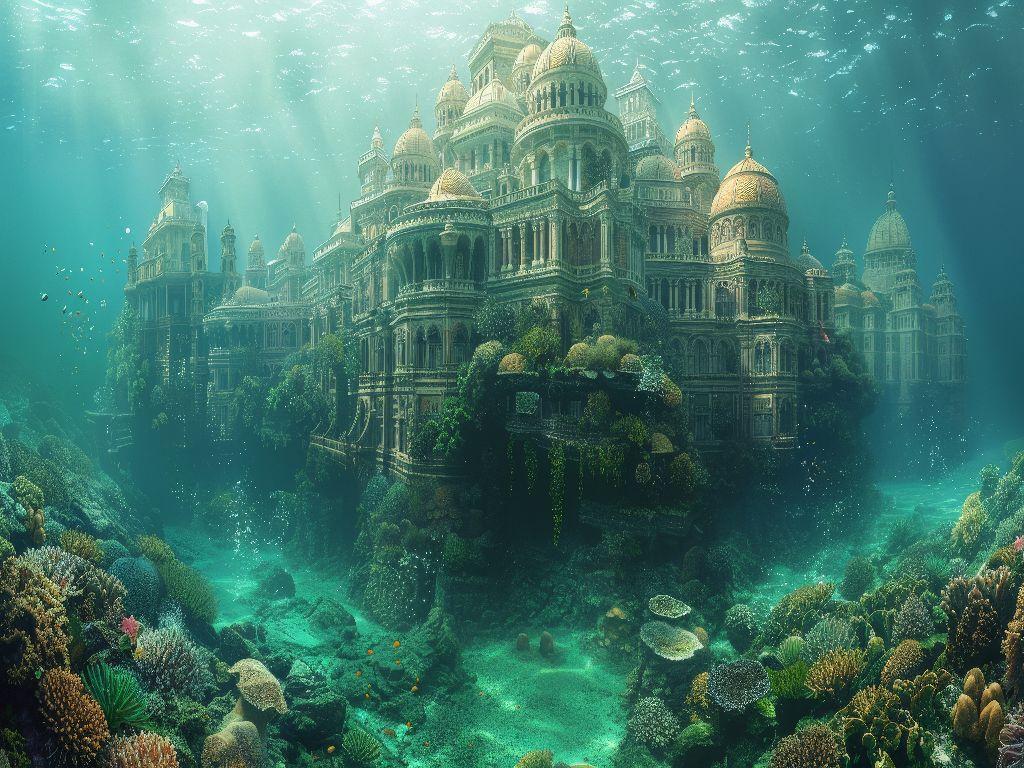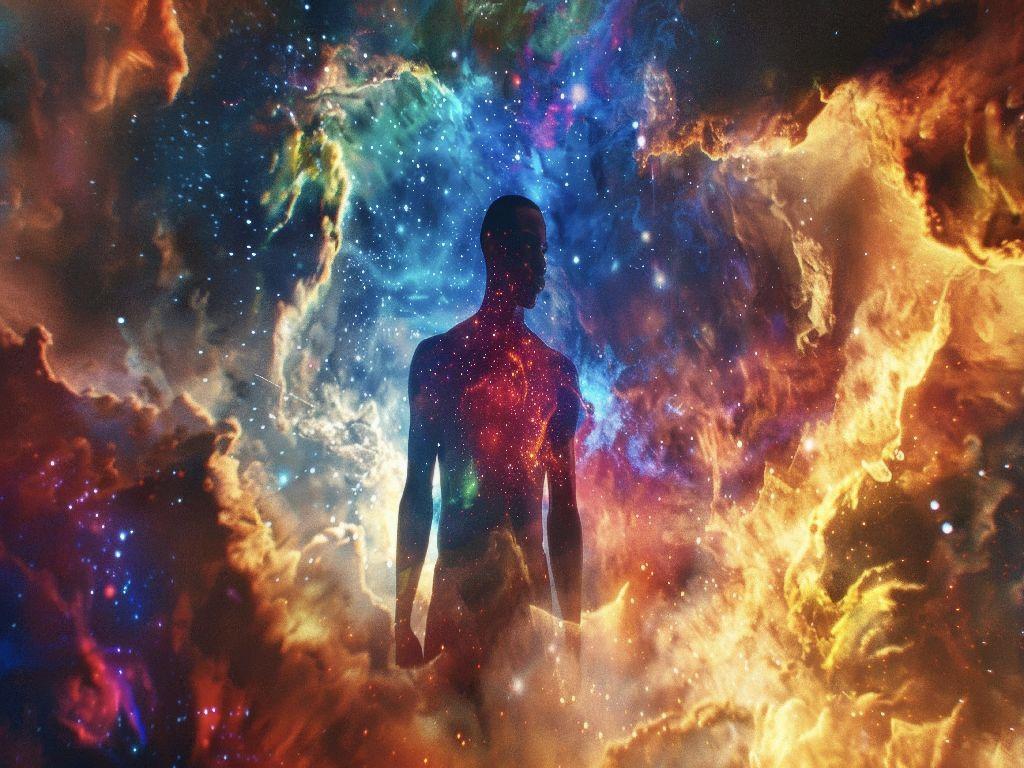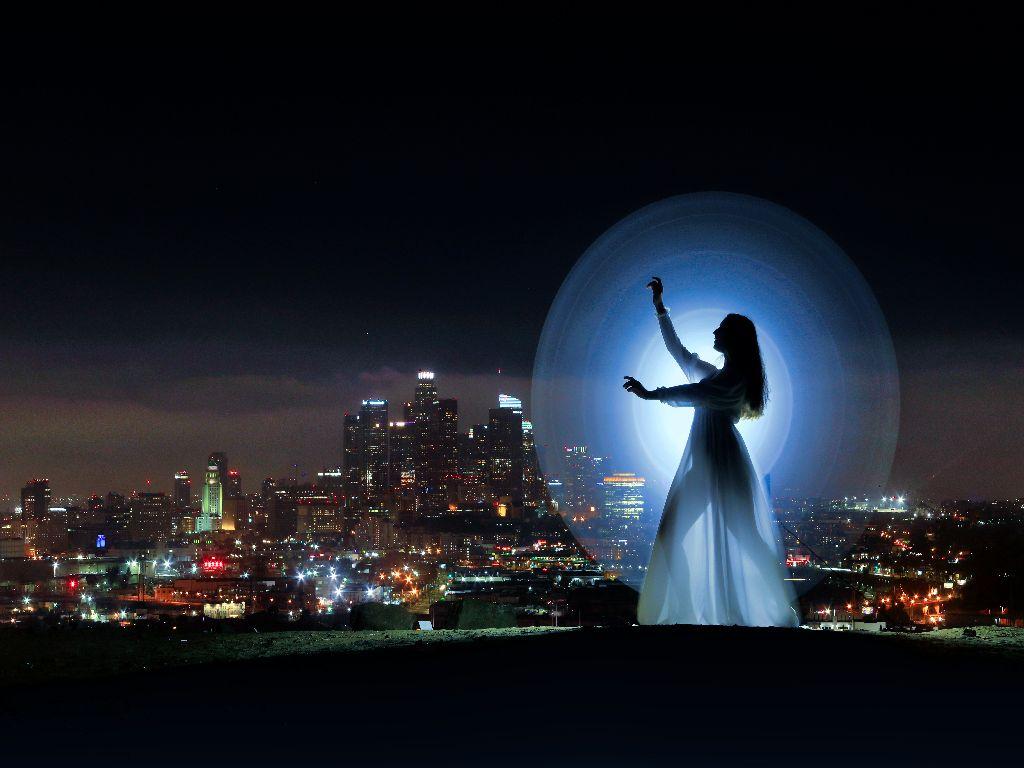Inka
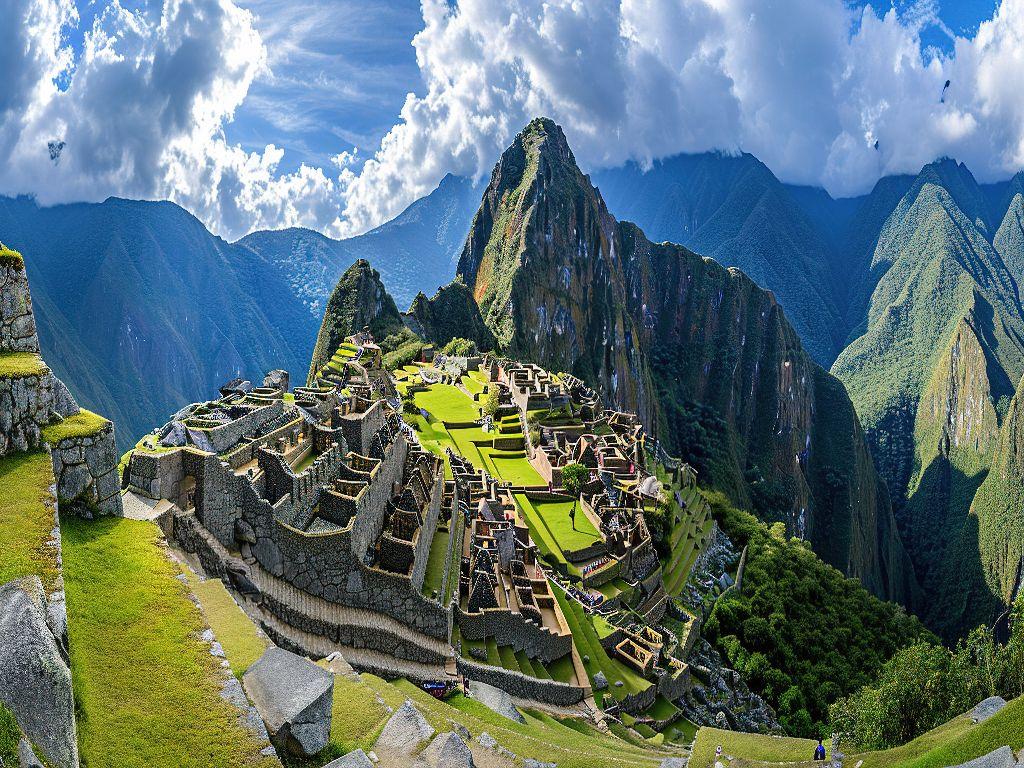
Incas
Andean Civilization / Mythology / Cosmology / Nature Spirituality
Definition:
The Incas were the ruling elite of the vast Inca Empire (Tawantinsuyu), which in the 15th and early 16th centuries encompassed much of modern Peru, Bolivia, Ecuador, Chile, and Argentina. It was the largest pre-Columbian civilization in South America, known for its advanced administration, architecture (e.g. Machu Picchu), and deep spiritual worldview.
Cosmology & Spiritual Beliefs:
-
The universe was divided into three realms:
-
Hanan Pacha – the upper world (gods, stars)
-
Kay Pacha – the middle world (humans)
-
Ukhu Pacha – the underworld (ancestors, fertility)
-
-
Worship of Pachamama (Mother Earth), Inti (Sun God), Illapa (Weather God)
-
Mountains (Apus) revered as living spiritual beings and protectors
-
Rituals, offerings, and sacred plants (e.g. coca, San Pedro cactus) formed part of sacred life
Technology & Society:
-
No written language; used Quipu, a system of knotted strings, to record data
-
Impressive road networks, suspension bridges, and terraced agriculture
-
Capital city: Cusco, spiritual and political center
-
The Inca ruler was regarded as the "Son of the Sun" – a divine figure
Mythological Themes:
-
Viracocha: creator god who brought order to the primordial chaos
-
Inca origin myth: founders Manco Cápac and Mama Ocllo emerged from Lake Titicaca
-
Time was seen as cyclical, linking the stars, earth, and ancestors
Modern Esoteric Relevance:
-
In modern spiritual and shamanic practices, Incan cosmology is often revived
-
Themes include energy healing, rituals, and earth reverence
-
Some esoteric traditions view Incan wisdom as part of a lost global consciousness or Atlantean legacy
Links:



